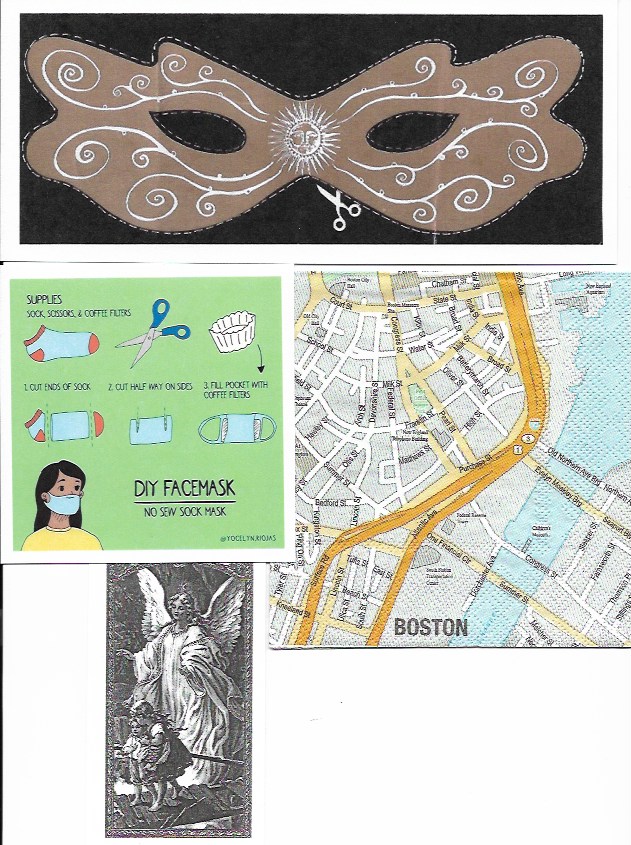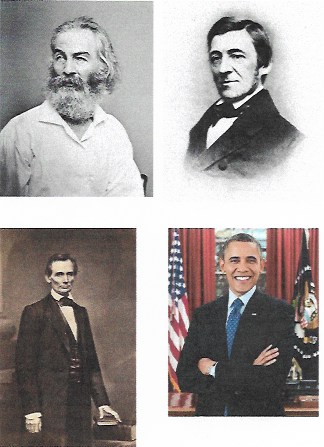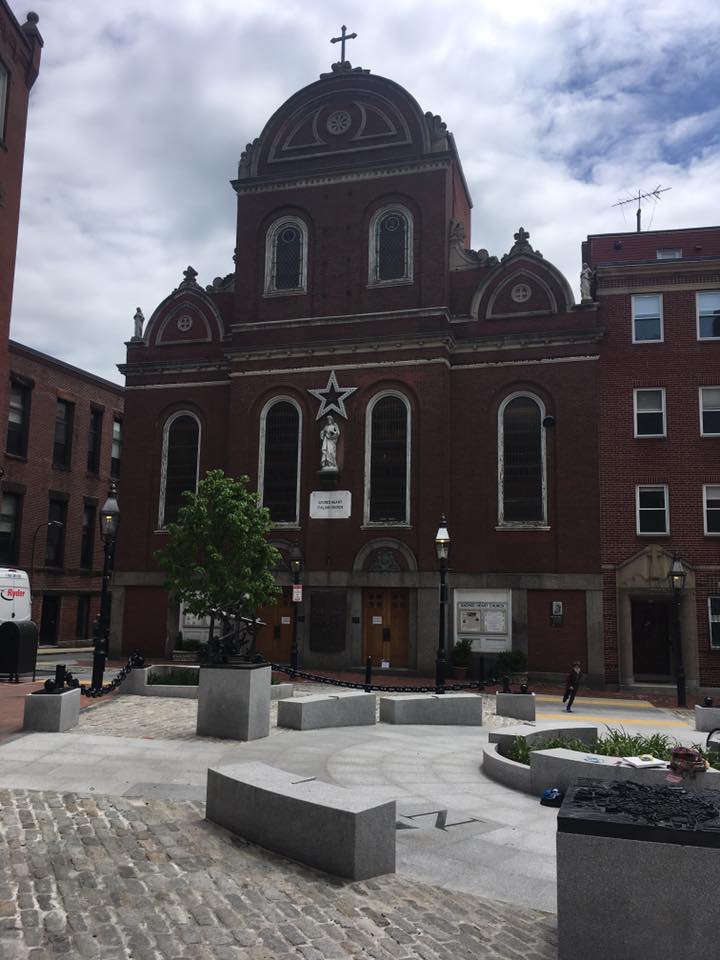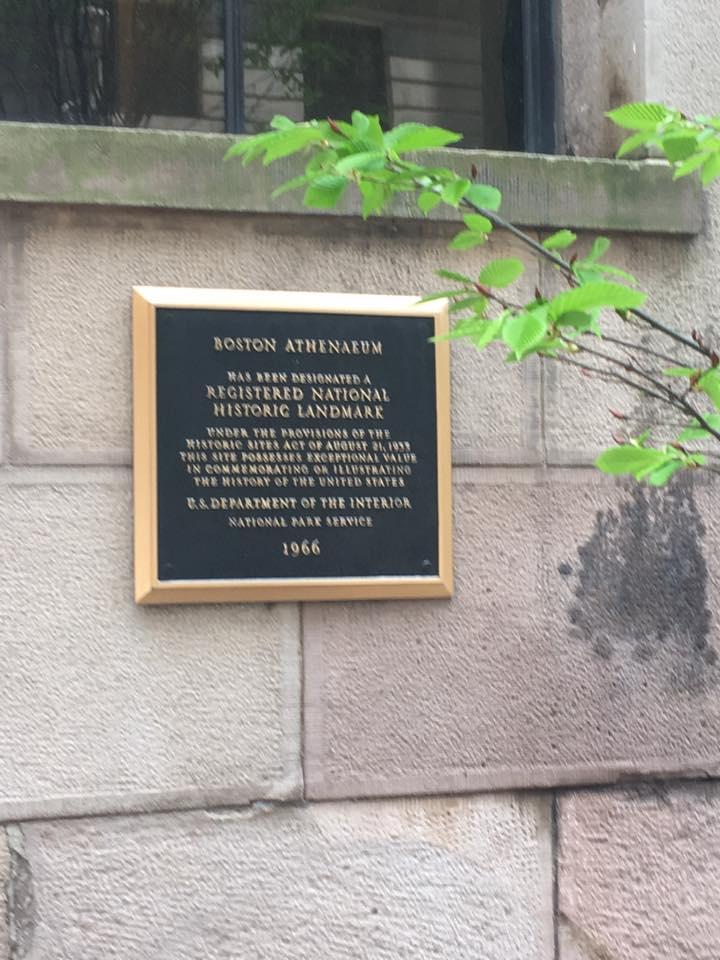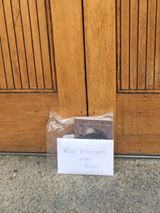Kathleen Bitetti
Boston/USA
Kathleen Bitetti
Crossings: Walt Whitman Was Here (Boston)
a mapping/performative public art project, 2020
Crossings: Walt Whitman Was Here (Boston)*
May 2020 (During the great COVID-19 pandemic)
A Mapping /Performative Public Art Project
Part of the 2020 London Biennale-Masks, Mirages, and the Morphic Mirror
Bitetti will post on her facebook page when she plans to leave a piece behind for Crossings: Walt Whitman Was Here (Boston)
During the month of May 2020 Boston-based artist Kathleen Bitetti will leave an artwork at a place in Boston where Walt Whitman lectured, worked, visited, and/or frequented. He visited the greater Boston area of Massachusetts three times: once in 1860 and twice in 1881. For this project, Bitetti chose sites that are clustered in Boston’s downtown area or are in very close walking distance from that part of the capital city.
Whitman (b. 5.31.1819 - d. 3.26.1892) was an American writer, poet, essayist, journalist, and a newspaper editor. Before his literary career, he was a teacher, a governmental clerk, an apprentice and he also worked for several printing companies. He was born on Long Island NY, left school at the age of 11, and lived most of his life in Brooklyn, NY. Massachusetts-based acclaimed transcendentalist, writer, poet, lecturer, philosopher, Ralph Waldo Emerson, “published his first book of essays in 1841….and it’s known that in 1842 he gave an address titled “The Poet” in New York City. One of the audience members was a young newspaper reporter, Walt Whitman.The future poet was greatly inspired by Emerson’s words."
(Quote from https://www.thoughtco.com/ralph-waldo-emerson-1773667)
Like many writers and artists, Whitman often had to self-fund his creative work and he also had to have “day jobs” to support himself. In 1855, “Whitman paid for the publication of the first edition of Leaves of Grass himself and had it printed at a local print shop during their breaks from commercial jobs.: The book received its strongest praise from Ralph Waldo Emerson, who wrote a flattering five-page letter to Whitman and spoke highly of the book to friends. The first edition of Leaves of Grass was widely distributed and stirred up significant interest,in part due to Emerson's approval,but was occasionally criticized for the seemingly "obscene" nature of the poetry” (Quote from https://en.wikipedia.org/wiki/Walt_Whitman)
Each artwork Bitetti leaves behind consists of a large clear plastic bag, a copy of Leaves of Grass (1855 version) and large white envelope which contains information about the project and the site Bitetti chose. Inside the white envelope is a clover green colored envelope that contains images of Whitman, Emerson, the 16th U.S. President-Abraham Lincoln, and the 44th U.S. President, Barack Obama.These images not only reference the historic importance of Emerson, Lincoln, and the U.S.’s first African American president, but directly call attention to Whitman’s abolitionist/anti-slavery beliefs. There are also several visual references to masks (one can be used as a bookmark) as well as historical photographs and maps of the city of Boston-one dating from the timeframe of Whitman’s visit and a contemporary map of the city. Bitetti has also included blades or leaves of grass from the Boston Common and her signature guardian angel image. (The photographs of Whitman, Emerson, and Lincoln, were all taken by photographer Matthew Brady who had a daguerreotype portrait studio at the corner of Broadway and Fulton Streets in New York City.)
About the London Biennale: The London Biennale was founded in 1998 by David Medalla. It has evolved into an artist community loosely based around London and the biennale events that take place there and beyond. The London Biennale is a do-it-yourself free arts festival. The Biennale organization is not restricted to London. Bitetti participated in several public art projects and performances in connection with the 2010 & 2012 London Biennales.www.londonbiennale.net
In July of 2019, David Medalla and Adam Nankervis sat and spoke through the theme of the 2020 London Biennale. Its theme, its installations, locations, global pollinations. Using the mask as theme, the mirage, the morphic mirror, they were obviously unaware of the pandemic we are now living. Medalla pointed to a poem of Walt Whitman, from The Leaves of Grass, to be the theme, that would mark the proposal for this year’s untimely and absurdly prophetic concurrence with the global pandemic, OUT FROM BEHIND THIS MASK. (To Confront a Portrait.) by Walt Whitman. The poem was first published in the 1876 edition of Leaves of Grass. The poem is on the back of this sheet of paper.
*This project is part of Bitetti’s ongoing Crossing Series.
For more information about the Crossing Series and Kathleen Bitetti: www.kathleenbitetti.com
*
Walt Whitman Was Here: Seaman’s Bethel, 12 North Square, North End, Boston (1860)
May 17, 2020
(During the great COVID-19 pandemic)
Part of the 2020 London Biennale-Masks, Mirages, and the Morphic Mirror
Walt Whitman’s first trip to Boston was in March 1860 to oversee the publication of the 3rd edition of his “Leaves of Grass” by the Thayer and Eldridge publishing firm: “In February 1860 Whitman received an unexpected letter from Boston publisher Thayer and Eldridge, enthusiastically offering to publish his poems. A contract was quickly negotiated, and by 5 March Whitman had arrived in Boston to meet personally with his new publishers and to oversee the printing. Thayer and Eldridge announced the publication of the new edition in April, and the book appeared in May 1860.” (1) However, one other source puts the date of Whitman’s arrival in Boston on March 15, 1860. (2)
During Whitman’s stay in Boston in 1860, “On Sunday mornings, he liked to visit the Seaman's Chapel to hear the Methodist minister Edward Thompson Taylor deliver his sermons in the powerful nautical language that Melville had reproduced in Moby Dick in the oratory of "Father Mapple"; Whitman eventually produced an essay on the subject, "Father Taylor (and Oratory)" (1887).” (2) A house of worship has stood on the corner of Sun and Moon Streets since 1649. (3) This area is also home to both Paul Revere’s house and one of America’s oldest public squares, North Square (formerly known as Clark’s Square until 1788). (4)
More about the Seaman’s Bethel: “The first of two Congregational churches burned to the ground in 1678, the second in 1770. The present building was constructed in 1833 and for 38 years was the Seamen’s Bethel where sailors worshipped. The legendary sailor-preacher, Father Taylor, preached here and served as inspiration for Rev. Mapple in Herman Melville’s classic, Moby Dick. Melville made frequent visits to the Bethel. The Mariners’ House of the Boston Port and Seamen’s Aid Society, the original owners of the Bethel property, is still located at the same location in North Square.” (5)
“Edward Thompson Taylor was an orphan who at the age of seven set out to sea. After nearly 25 years he came ashore and was ordained a Methodist minister. He became a missionary in charge of the new Seamen’s Bethel, which opened on North Square in 1833. His stories of life on the high seas, coupled with his knowledge of nautical matters and an uncommon eloquence, earned him wide respect, love and admiration. His sermons were so riveting, his oratory skills so pronounced that Ralph Waldo Emerson dubbed him “the Shakespeare of the sailor and of the poor” while Walt Whitman called him “an essentially perfect orator.” Herman Melville is said to have patterned the church sermon of Father Mapple in Moby-Dick after Rev. Taylor’s speech and manner.” (6)
The Church’s building was purchased by Italian immigrants and became the Sacred Heart Church in 1888 and is “now part of St. Leonard of Port Maurice Parish, and is staffed by the Franciscan Fathers. This church is currently under study for landmark status by the Boston Landmarks Commission.” (7)
————————————————1) from “Leave of Grass, 1860 edition by Gregory Eiselein https://whitmanarchive.org/…/cur…/encyclopedia/entry_23.html
2) from: The Walt Whitman Archive: https://whitmanarchive.org/…/cur…/encyclopedia/entry_76.html
3) from: http://www.firstchurchbostonhistory.org/thelanternscontrove…
https://en.wikipedia.org/…/North_Square_(Boston,_Massachuse…
4) from: https://www.northendboston.com/churches/
5) from https://www.northendboston.com/north-end-history-volume-2/
6) from: https://en.wikipedia.org/wiki/Seamen%27s_Bethel,_Boston
7) from:
https://whitmanarchive.org/criticism/current/encyclopedia/entry_23.html?fbclid=IwAR1AxAbaSl38p6gEnira7lNxCvjXNW1TCoxBT7MiDwKij930ED7KudINrOQ
